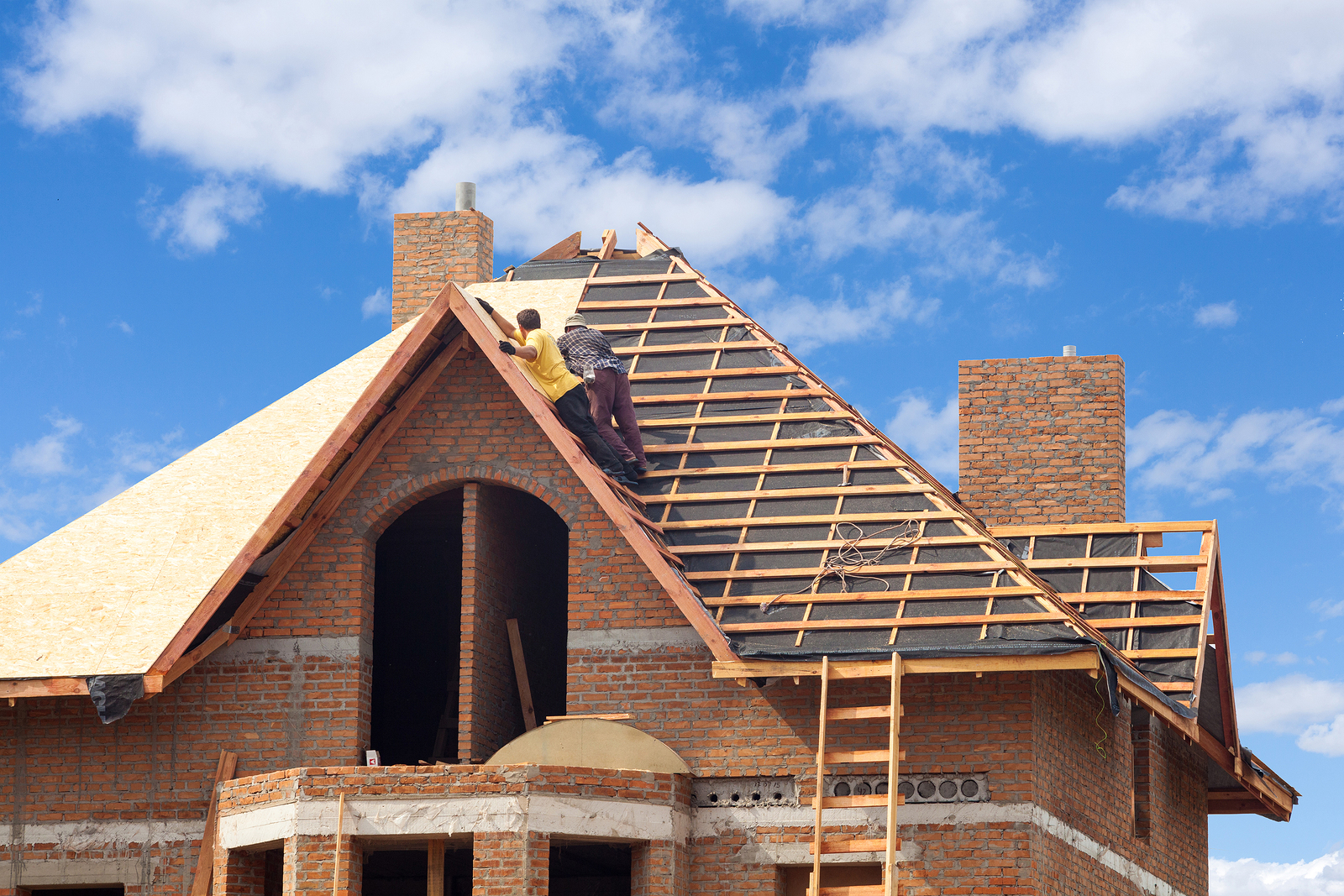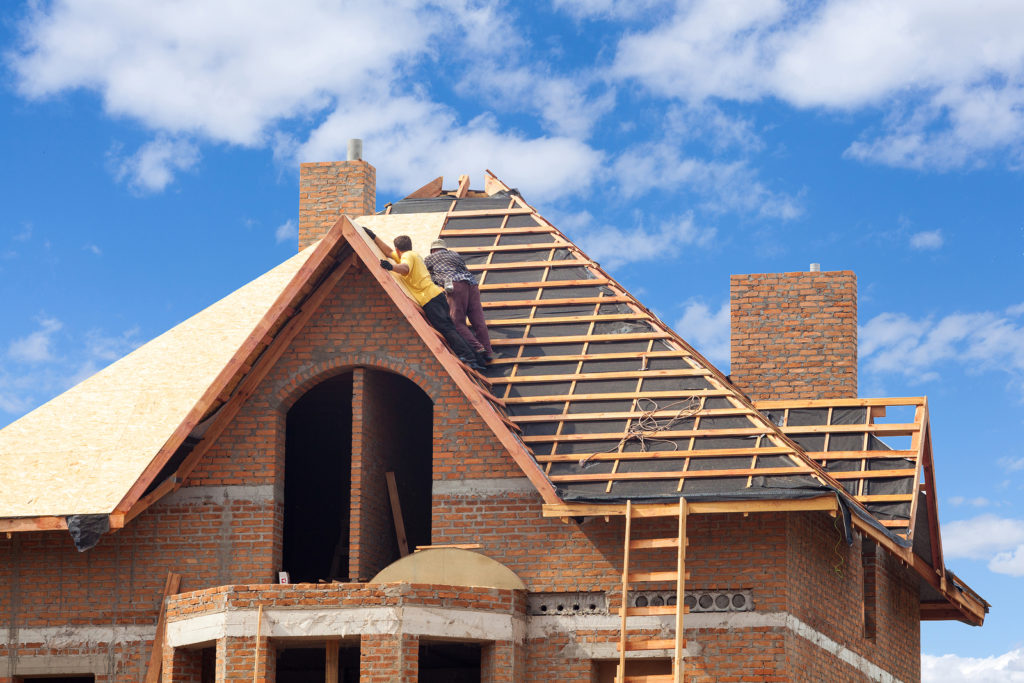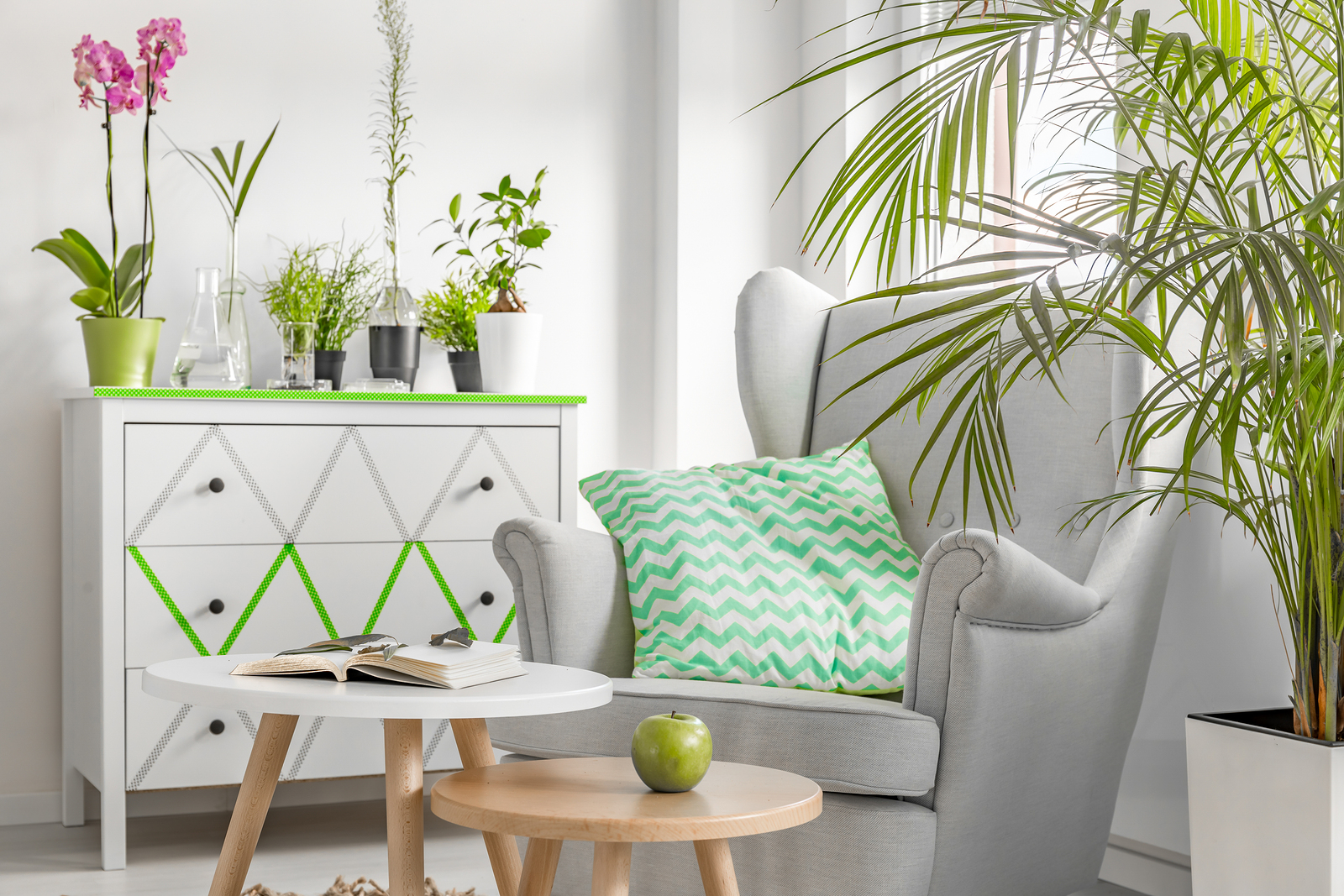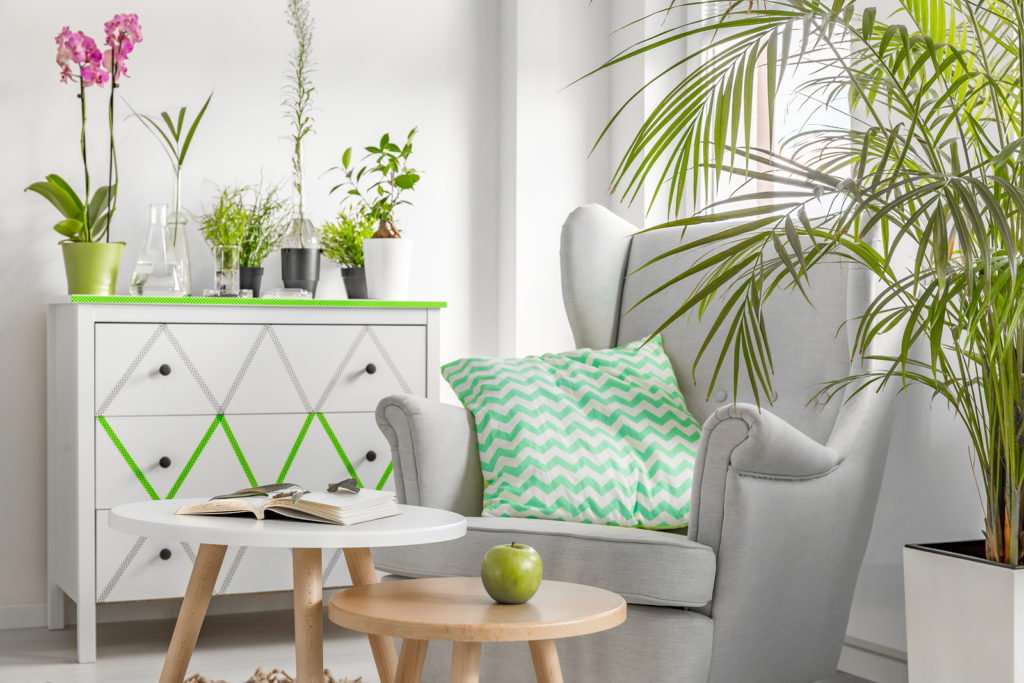Garden envy – a common malady of the condo dweller who longs for a patch of dirt in which to work his or her botanic magic. The arrival of spring only worsens the symptoms but it doesn’t have to. Whether your condo has a balcony or a patio or even just a front porch, you can garden; it just takes fewer lofty dreams and a bit of creativity.
It’s all about the light
The first consideration when creating your balcony paradise is to ascertain how much sun the area gets. This means watching it over the course of the day. Does the sun shine on the area most of the day, half of the day or not at all? Morning sun or afternoon sun?
Yes, shady spots are challenging for most plants to thrive in, but not all of them. Forests are full of specimens that do quite well in the shade of giant trees. The trick is to do some research or speak with a gardening professional at the local nursery. Remember, not only do you need to find plants that eschew sunlight, but they must also be suited to growing in a container.
Some to consider for your shade garden include the gorgeous foliage-bearing coleus (Coleus spp.), tuberous begonia (Begonia Tuberosa Group), the adorable fuschia (Fuschia spp.) and coral bells (Heuchera Americana).
Gardens provide privacy
Condo living is not especially known for its privacy. Whether it’s an adjoining building that looks directly onto your balcony or patio or your unit is located on the street, folks can (and most likely will) peer in. Rather than tolerate that living-in-a-fishbowl feeling, use your mini-garden to help provide privacy.
Look for tall, dense plants and learn how to strategically space what you grow. Plants with a shorter silhouette can also be used if you elevate them. Hit the flea markets or Craigslist to shop for used end tables, nightstands, shelving units or any other item that can be used to raise the shorter plants. The bonus is that these repurposed items act as decorative hardscape elements.
Vegetables can be decorative
Urban gardeners are well aware that one need not live on a farm or even have a backyard to grow a nice crop of vegetables. Vertical gardening is one of the biggest trends in the gardening world and a boon to the micro-gardener. Get ideas online at Pinterest, Popular Mechanics (an excellent how-to article) and HGTV.
Don’t want to go vertical? Grow bags come in all sizes and the deeper ones will even accommodate a hefty potato crop. Peppers and bush beans take up little space and cucumbers, tomatoes and squash can be grown upright. Then there are the fruit trees bred specifically for container growth. These include dwarf varieties of blueberries, lemons, limes and mandarins.
Harvest to Table offers a handy guide to determine which pot size to choose for specific vegetables and Texas A&M University published on its website a list of easy-to-grow container vegetables.
Don’t forget the accessories
Hardscape doesn’t merely describe walkways and other paved areas, but has grown to encompass just about any garden feature that isn’t organic. Aside from seating for your guests, consider adding a small fountain if you have room, lighting (a lamppost or string of lights), statues and even a small birdbath will all add charm and interest to your mini-garden.
Spring has sprung – how’s your garden growing?



















